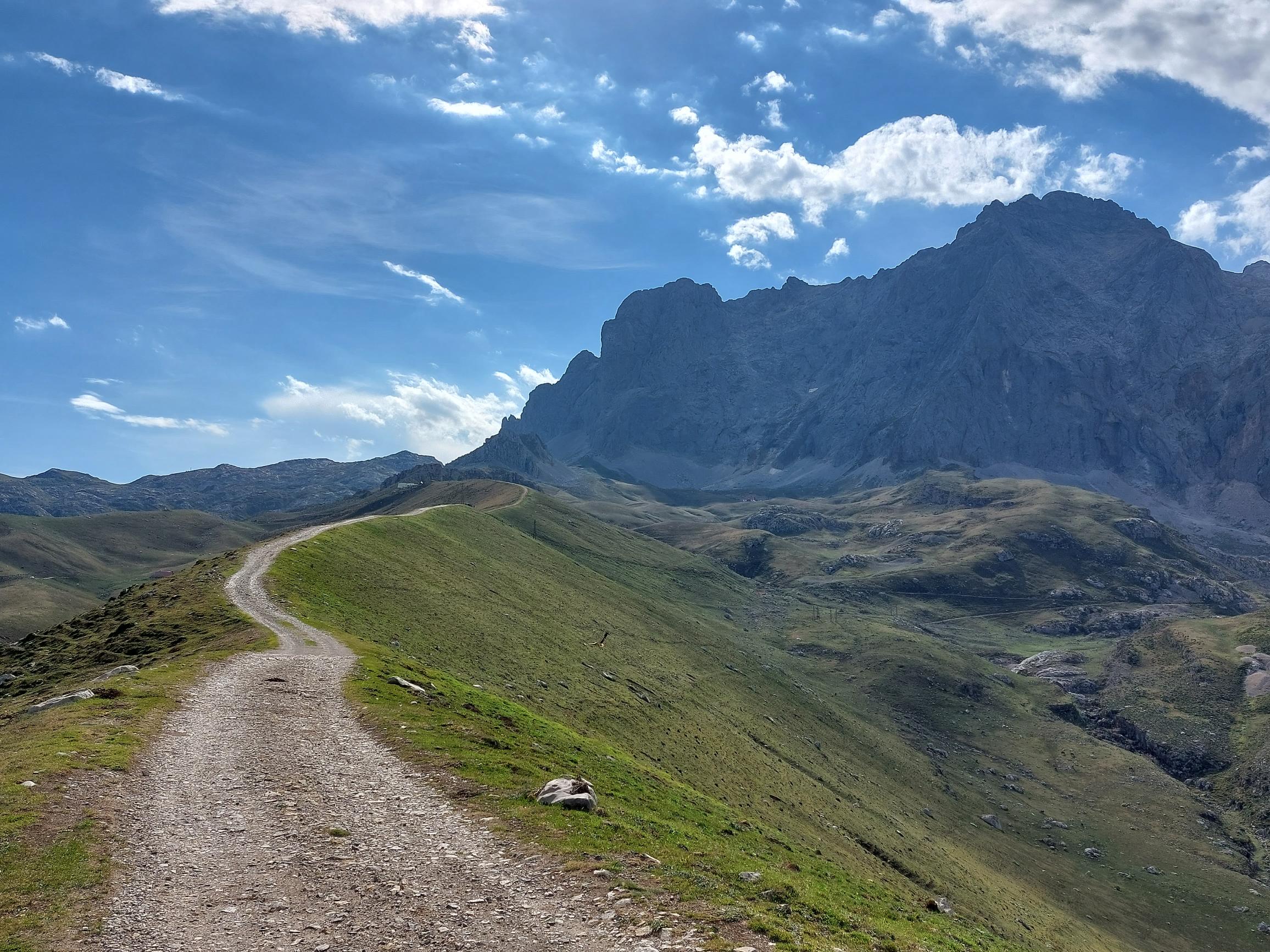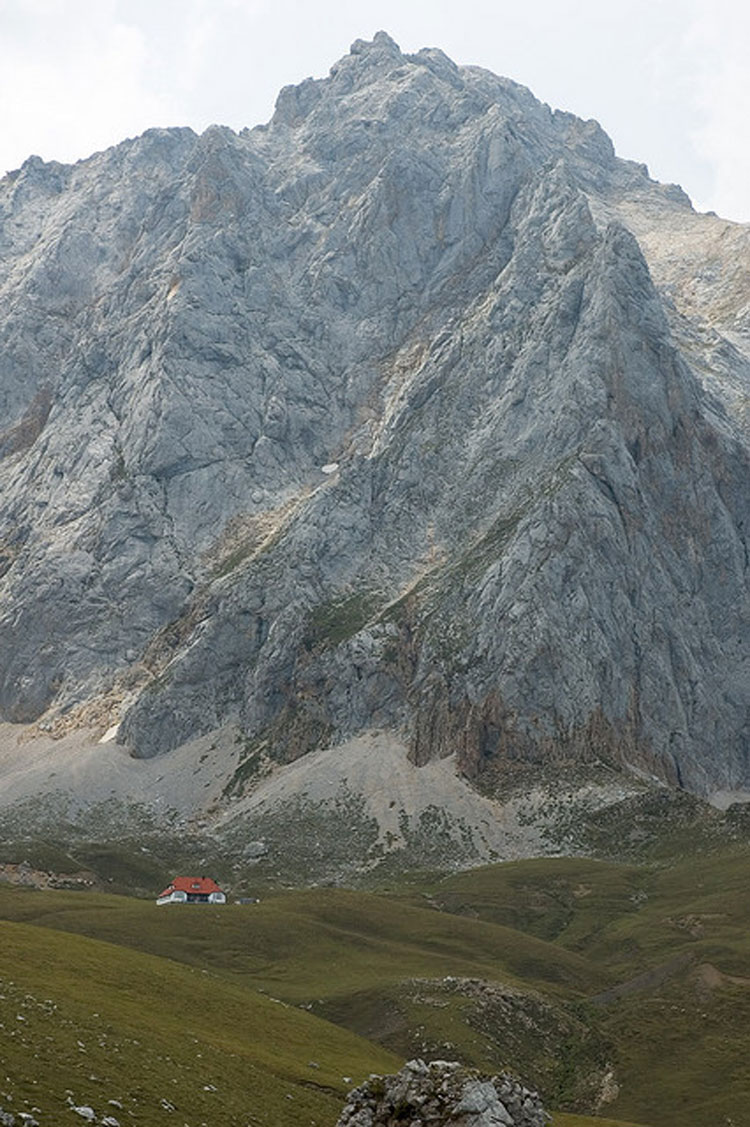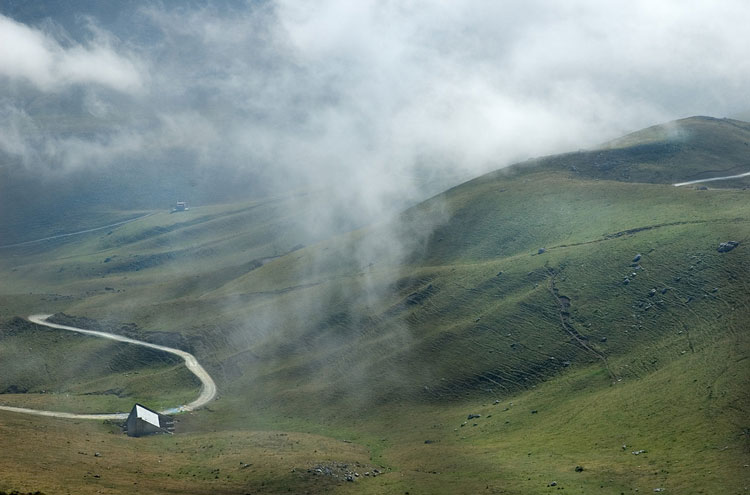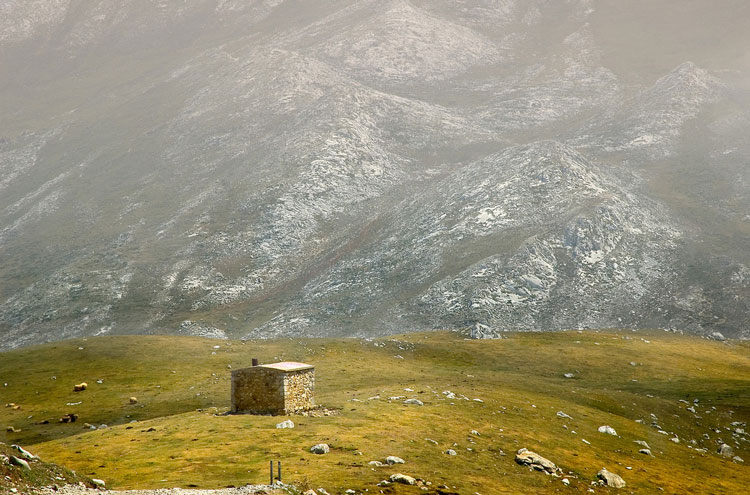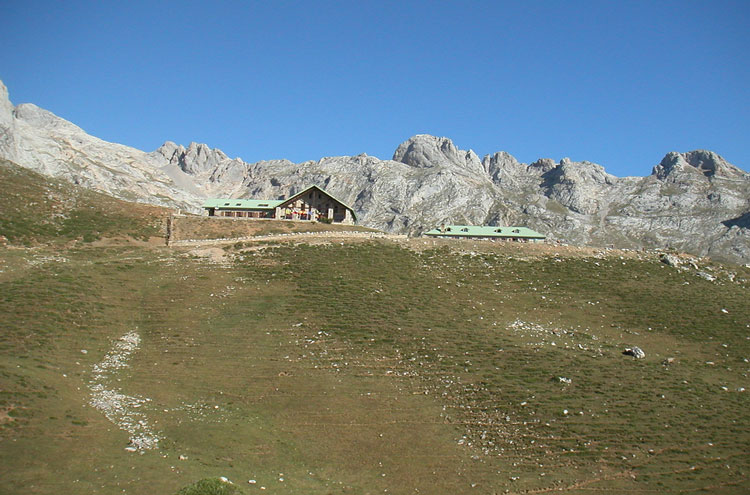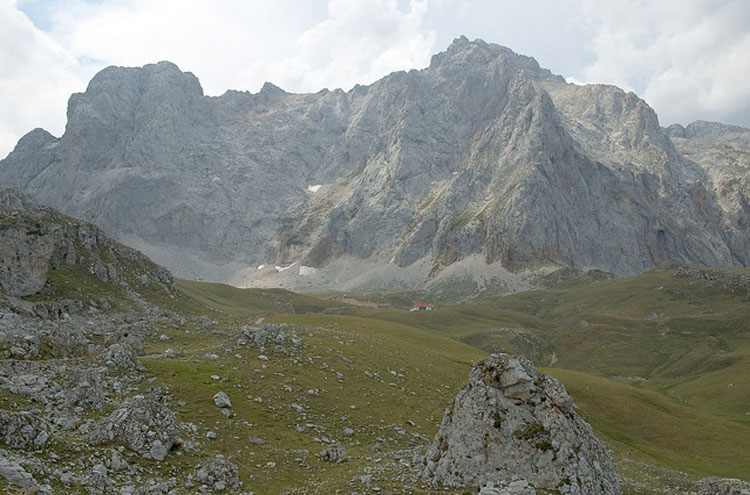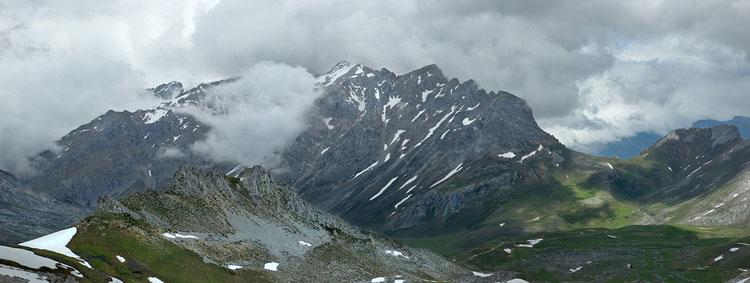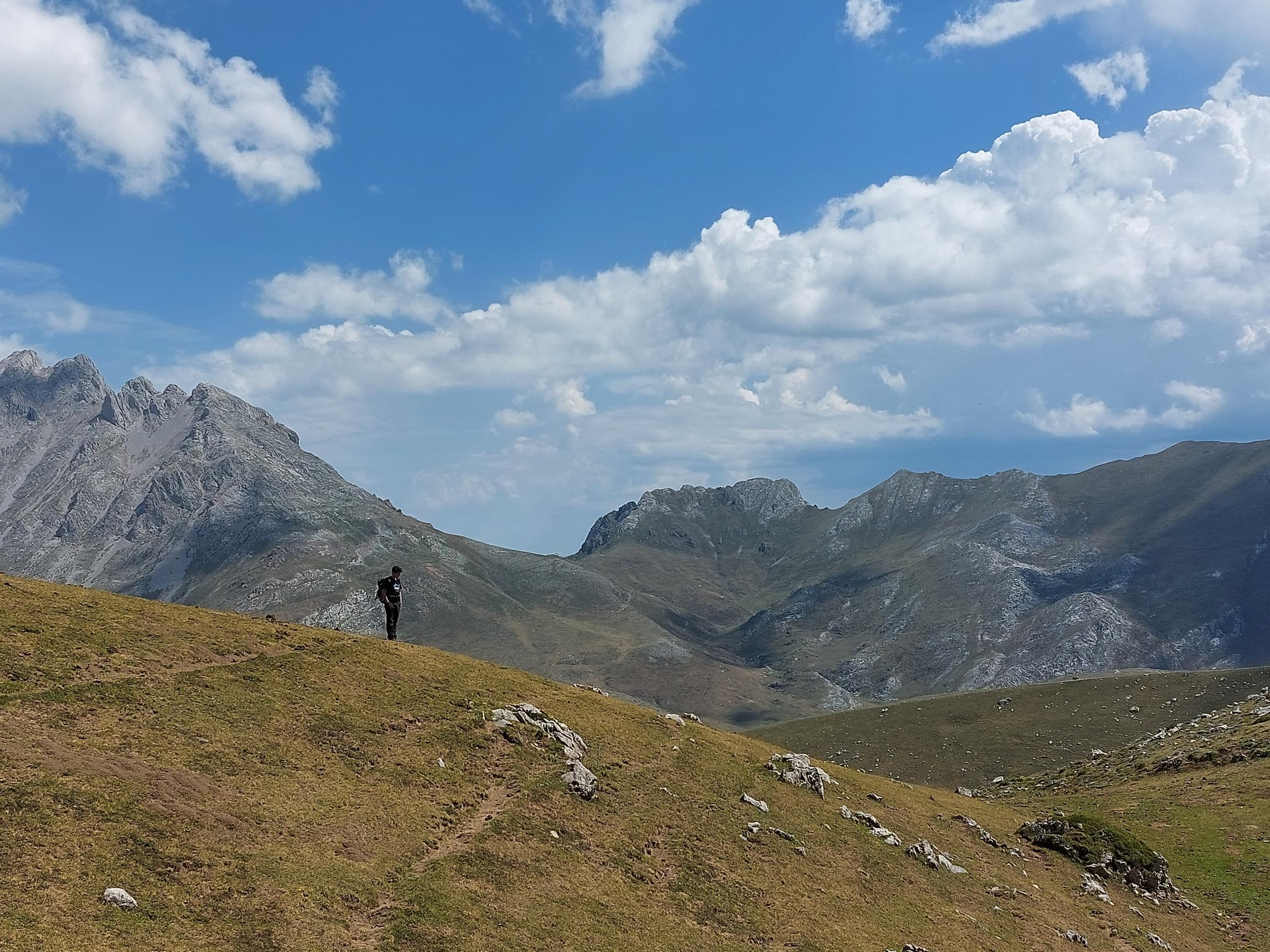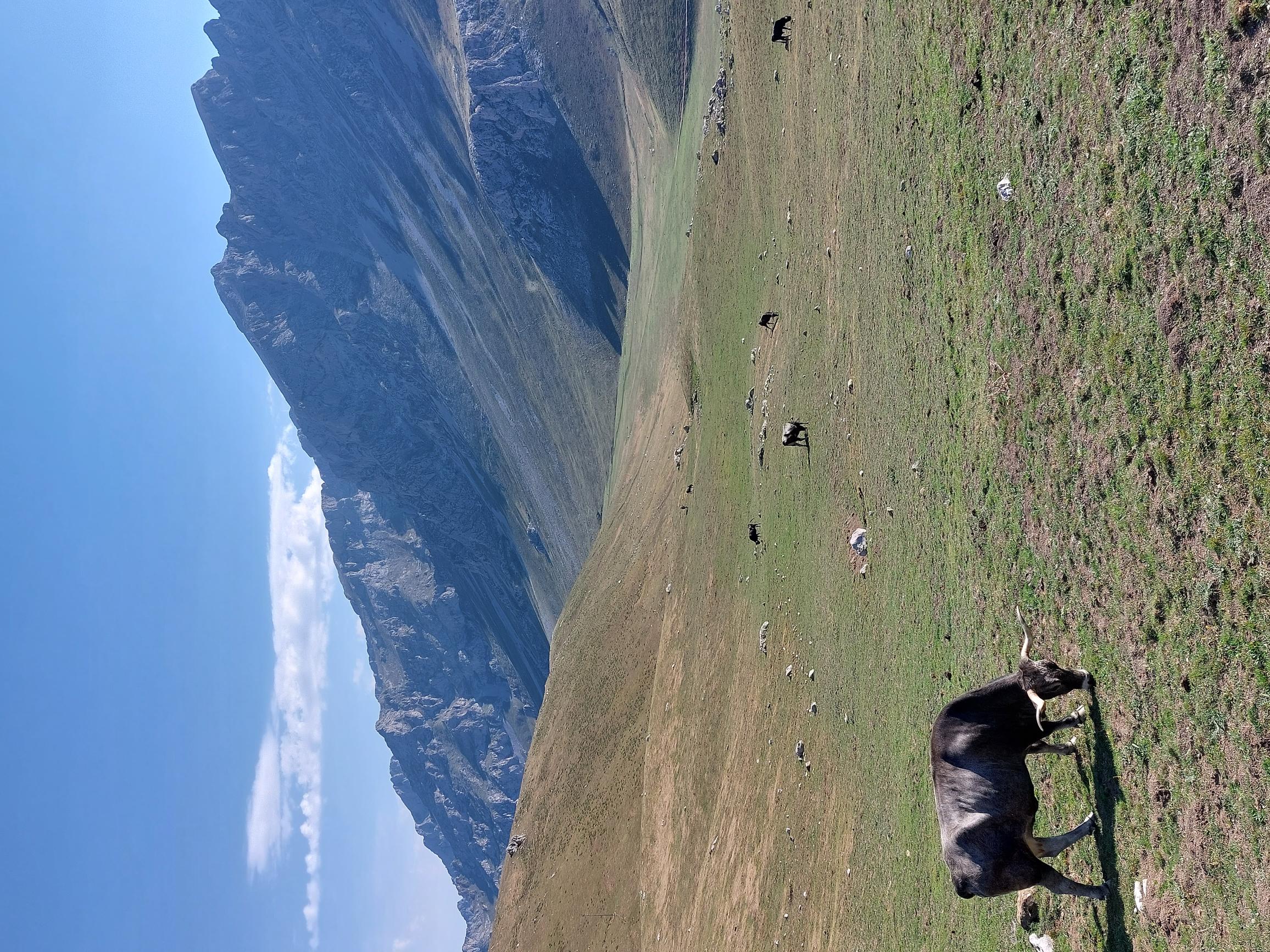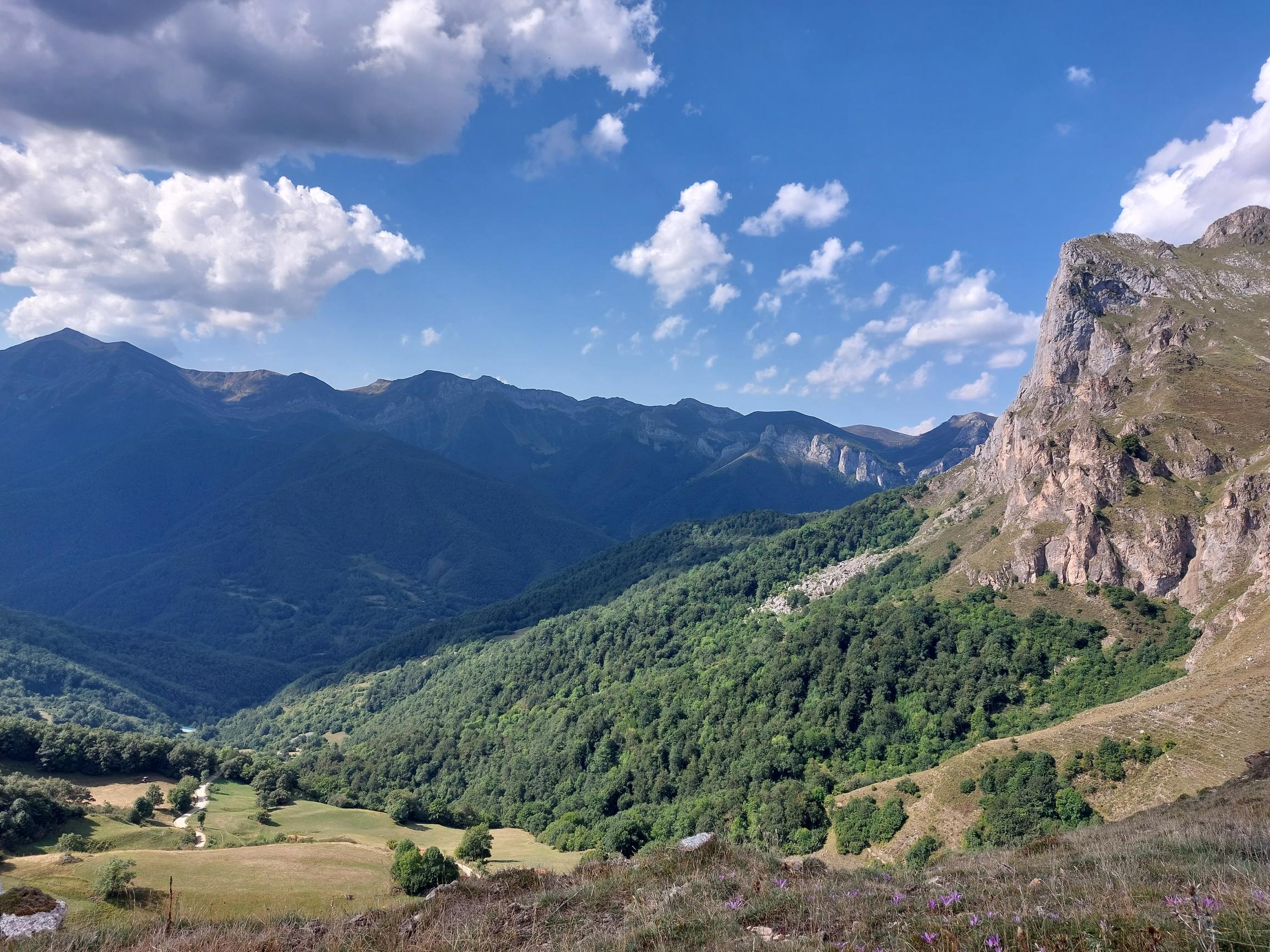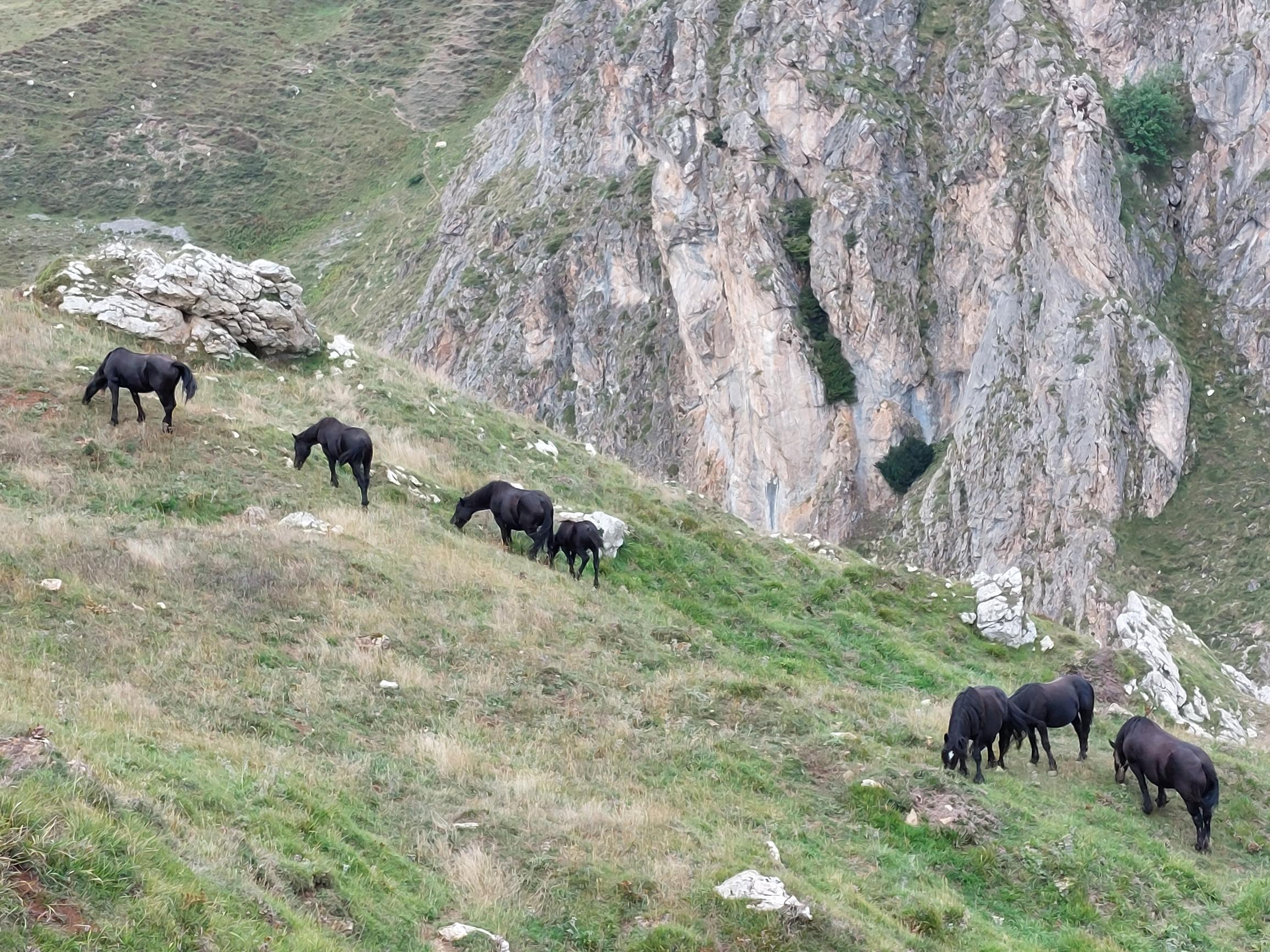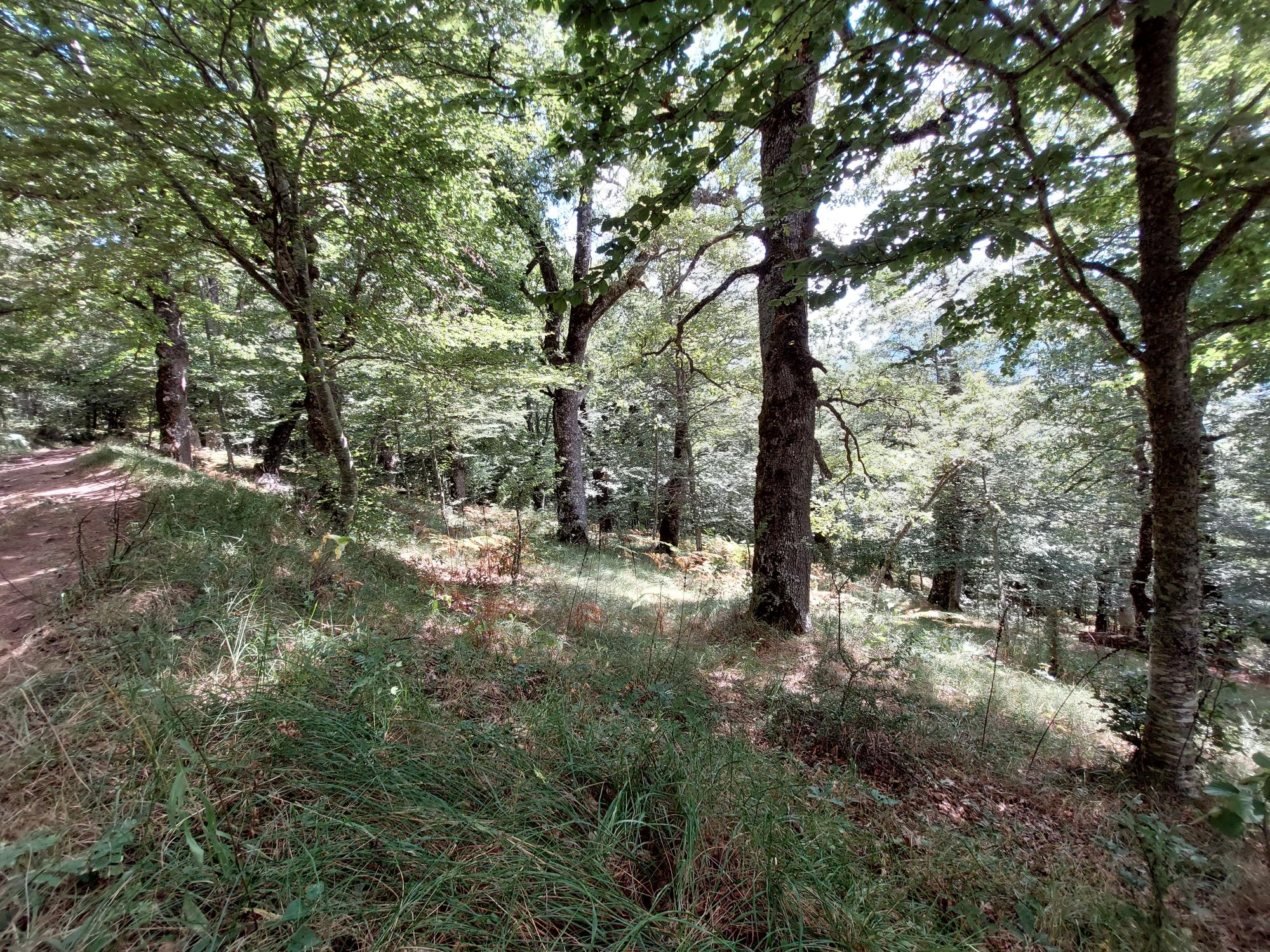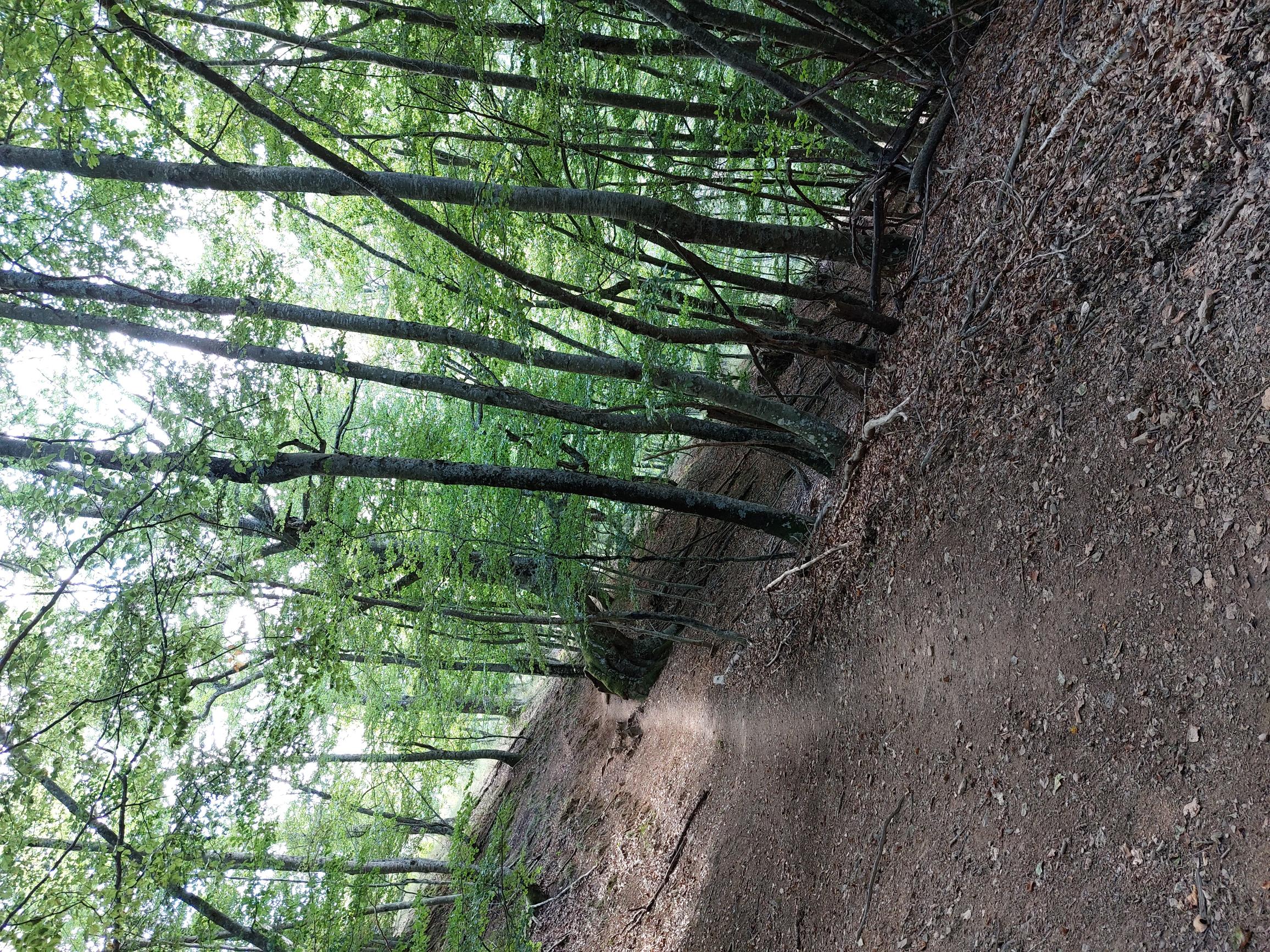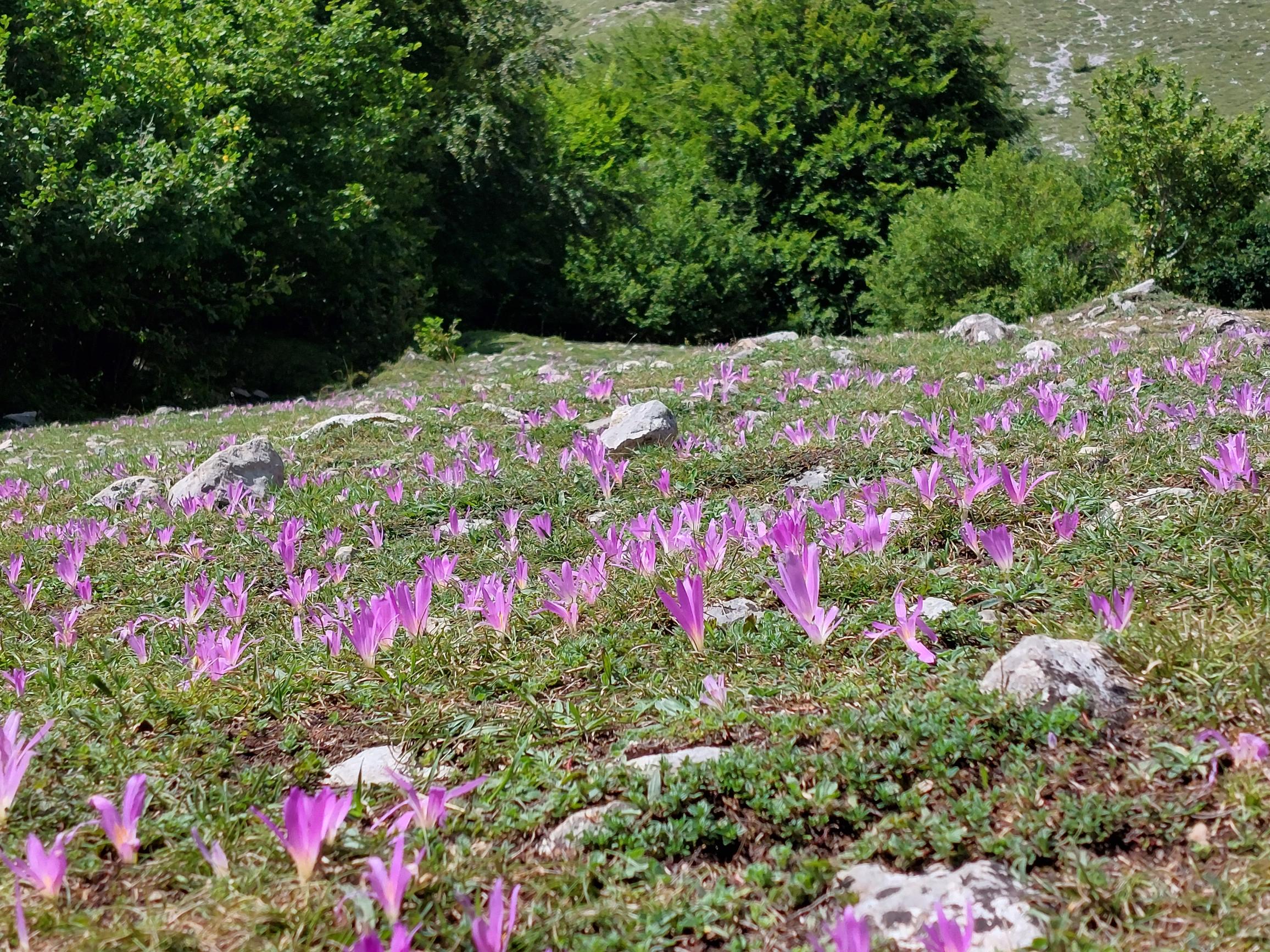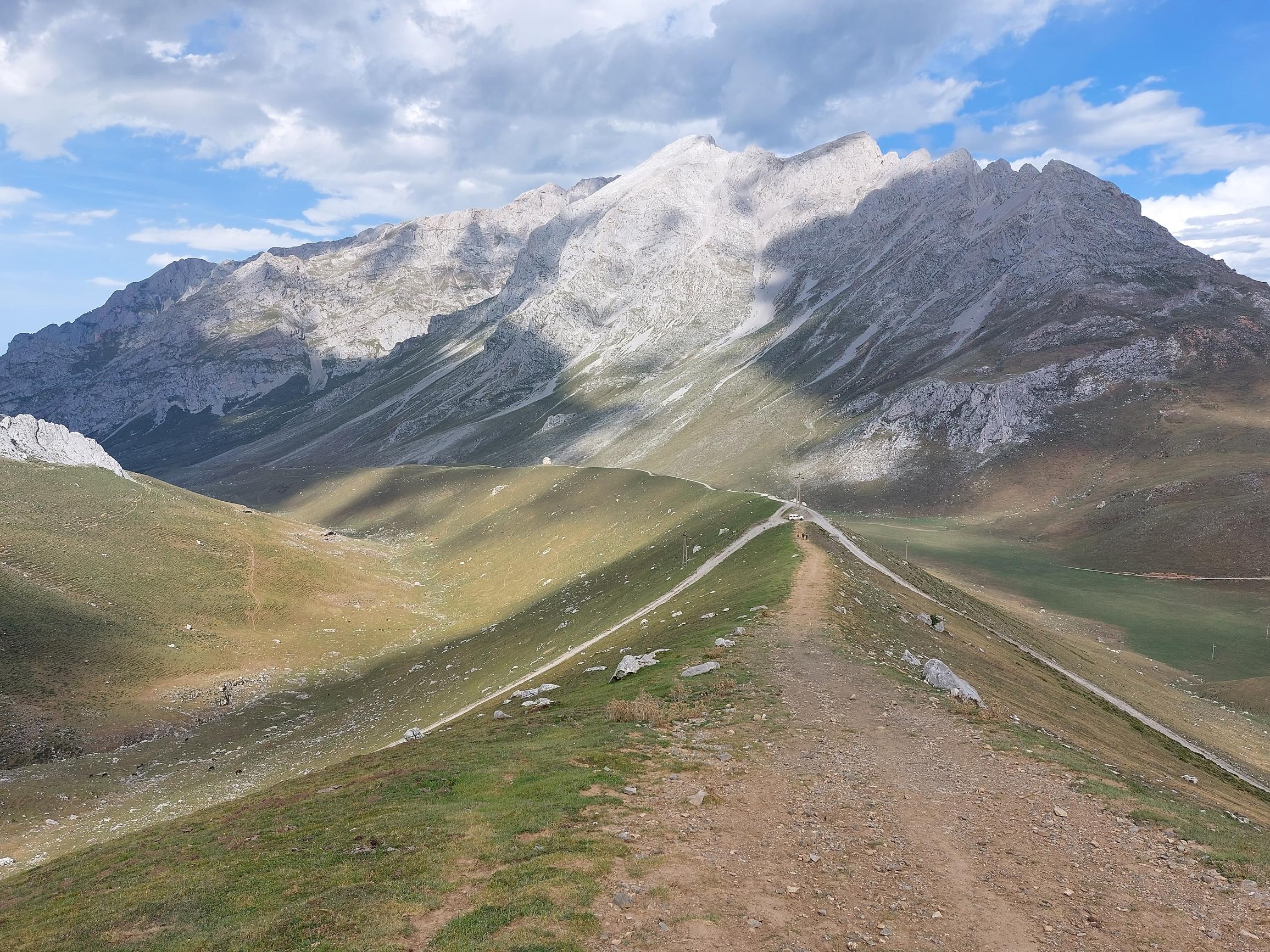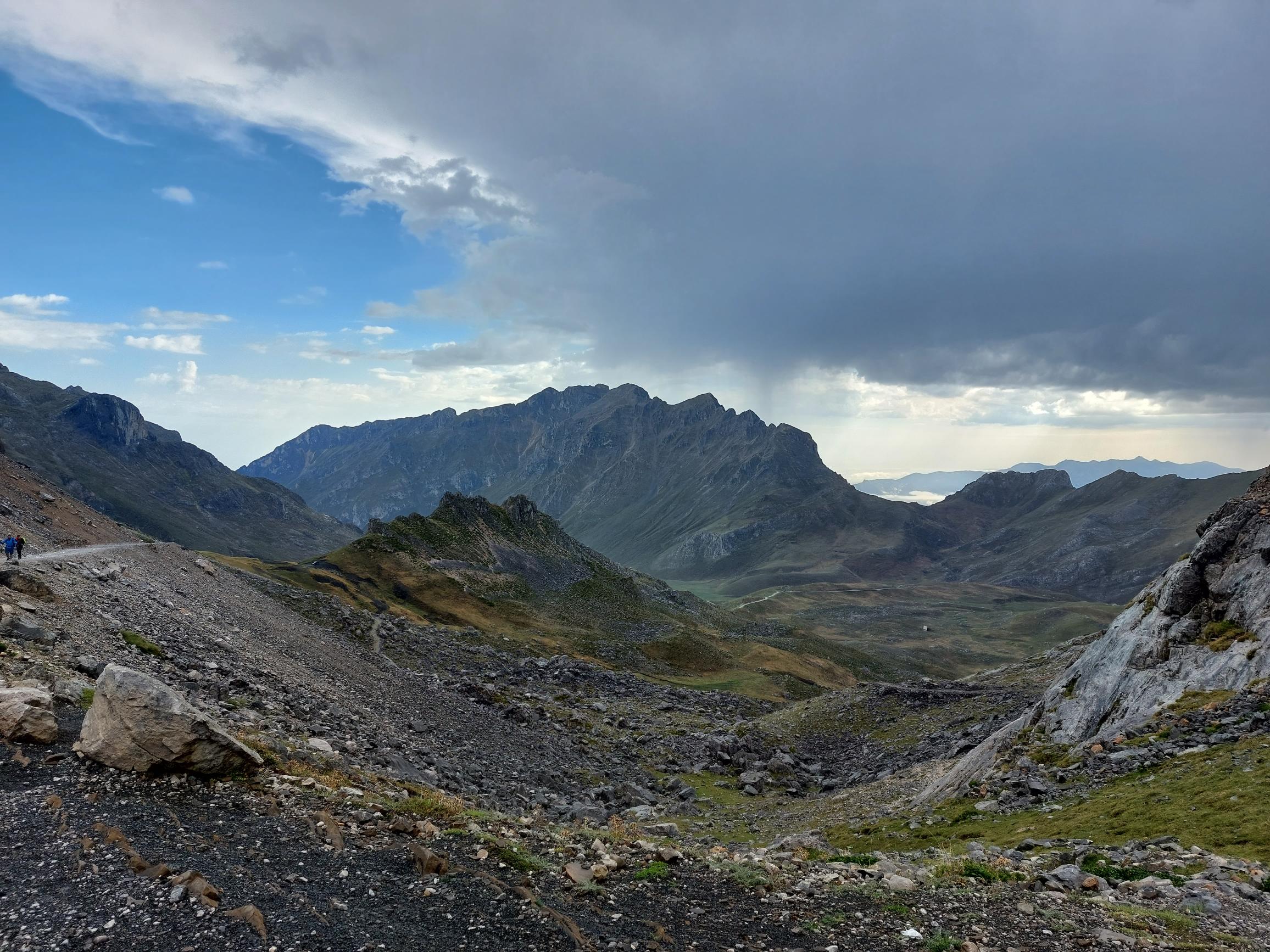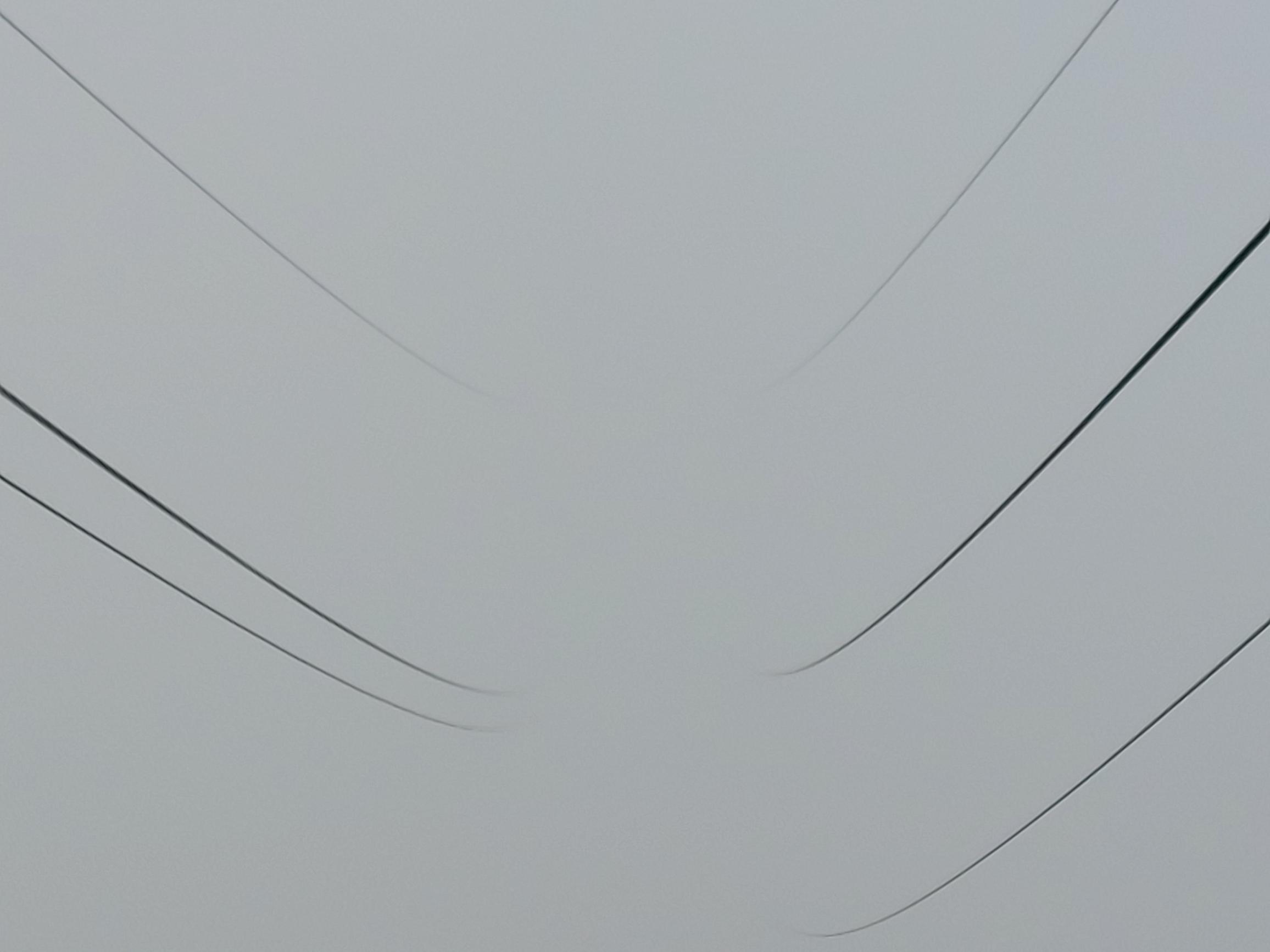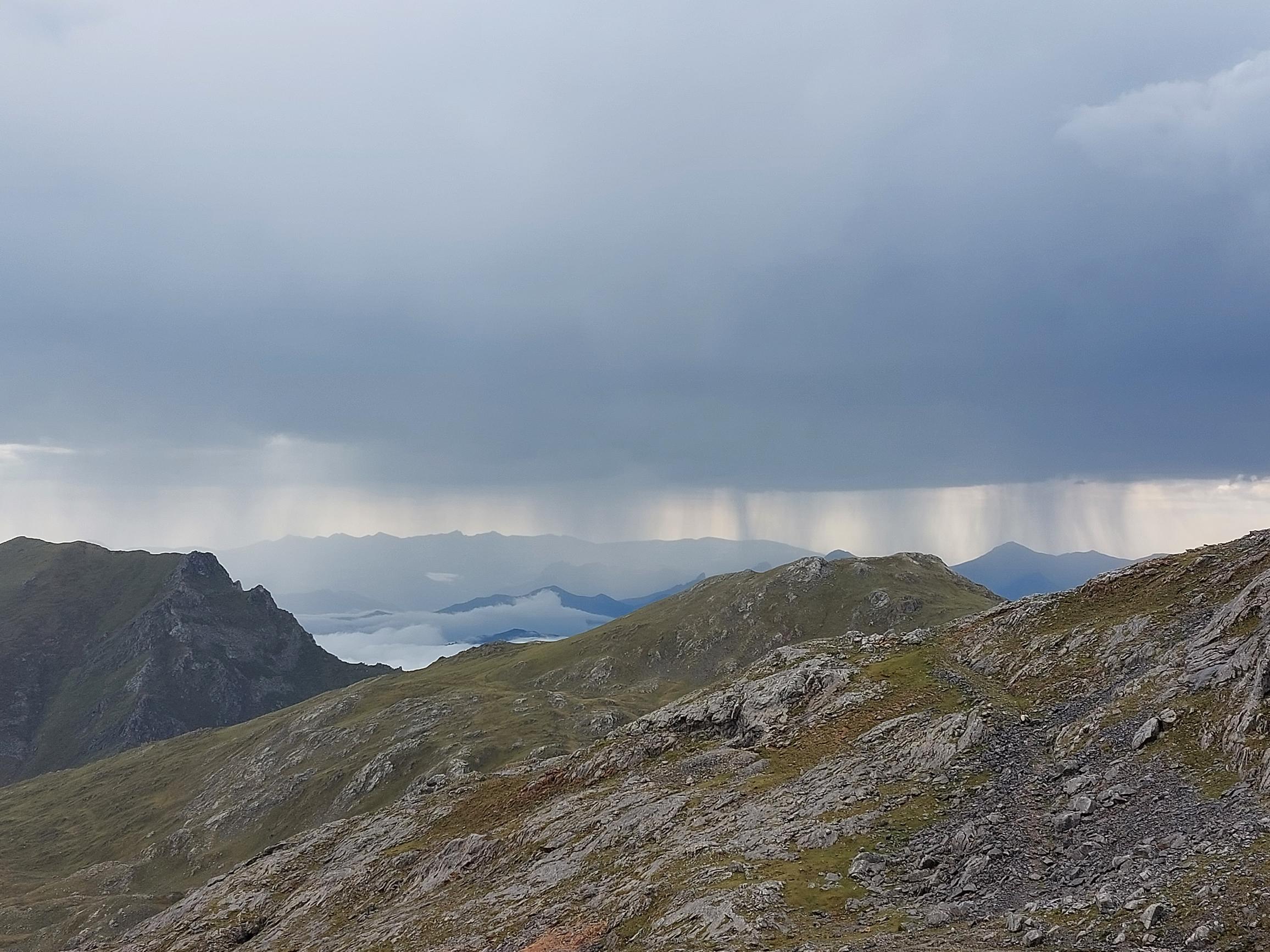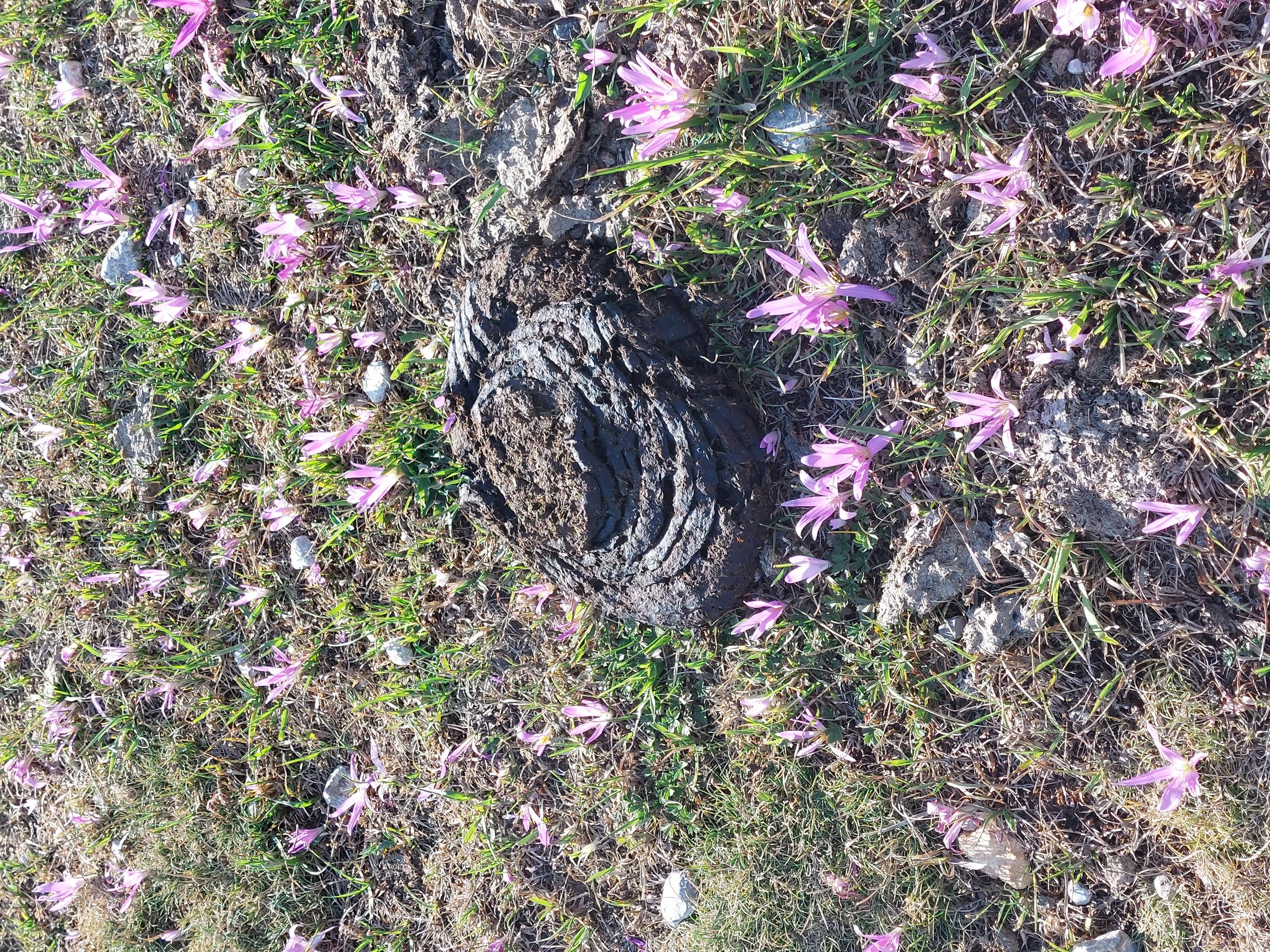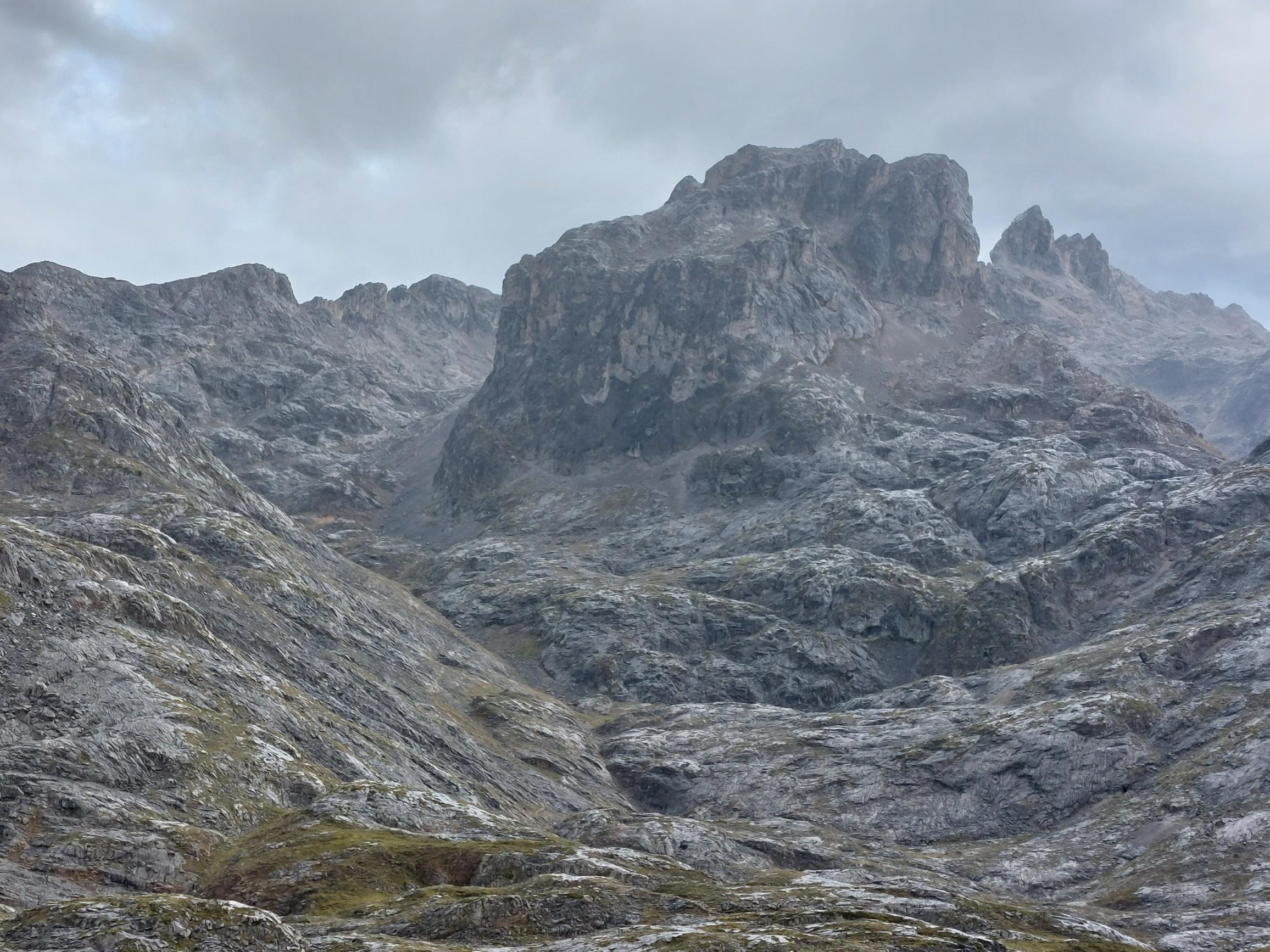Aliva Circuit
Key information: Aliva Circuit 
- A fascinating and varied walk with superb views of the spires and cliffs of the central Picos.
- Start with a thrilling cable-car ride, pass through high grazing land before descending back through attractive forests.
Walkopedia rating
- Walkopedia rating92
- Beauty34
- Natural interest17
- Human interest8
- Charisma33
- Negative points0
- Total rating92
Vital Statistics
- Length: 10km
- 4-6hrs; 1-2 days
- Maximum Altitude: 1,900m
- Level of Difficulty: Strenuous
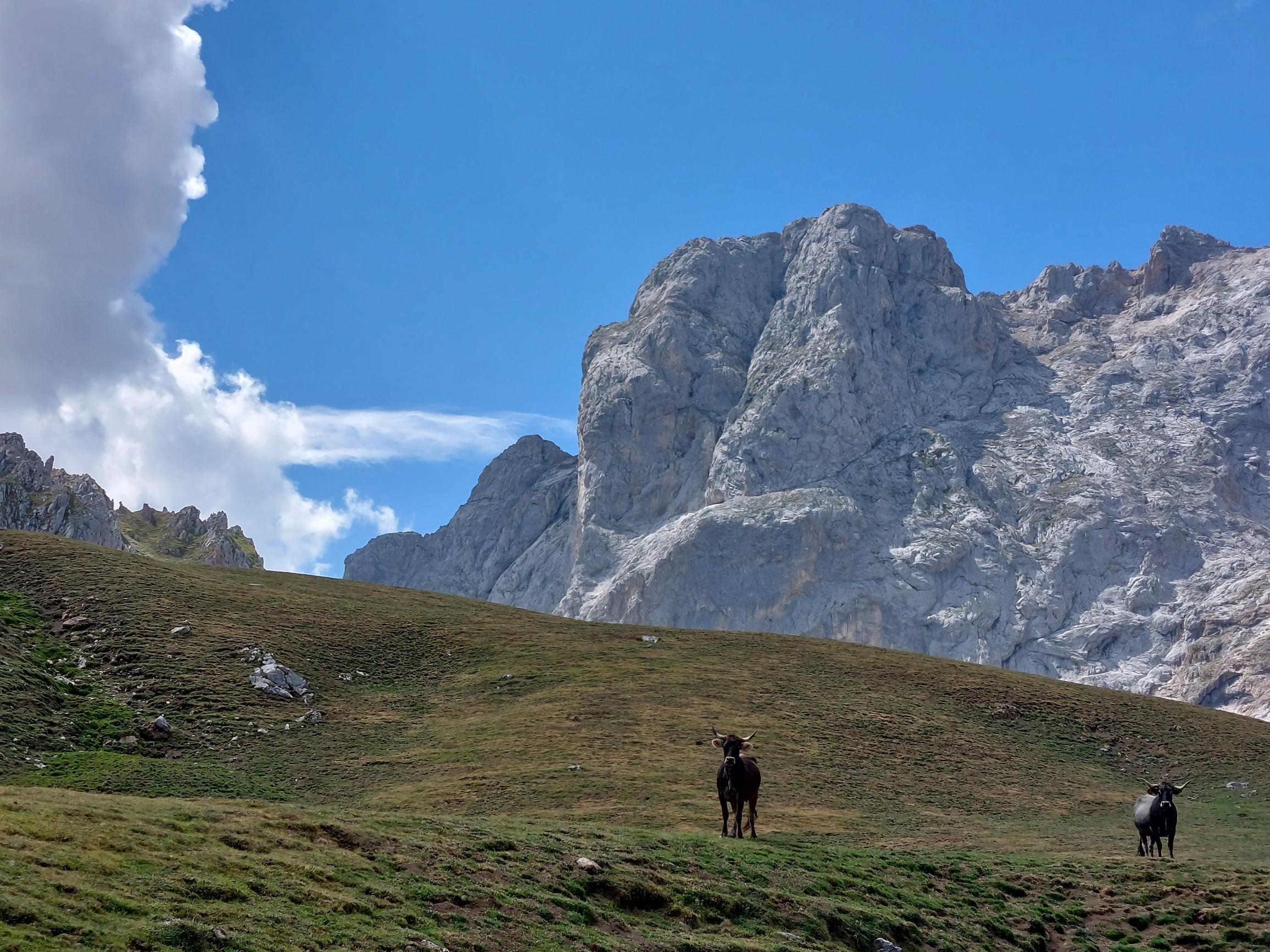
WALK SUMMARY
This 10-14km circuit covers quite a lot of ground you see on the first day+ of the Central Picos Traverse [link]. Note that it can be walked in reverse (ie mainly uphill) by masochists. Consider making this a 2 day outing with an overnight in the Refuge (well, hotel) Aliva.
Gain a fine taste of an ancient way of life, as well as exceptional scenery and wildlife. The rugged high plateaux of the Picos, largely snowbound in Winter, provide grazing land for cattle, sheep and goats in Summer, and their middle reaches are dotted with tiny, pantiled summer villages linked by easy tracks in pasture and forest. All is surrounded by towering peaks and jagged ridges. You will have a good chance of seeing the delightful rebeco, the local chamoix, golden eagles and huge vultures and much other wildlife.
The walk starts with a superb cable-car ride from Fuente Dé to the Picos heartlands. Make your way northwards across to the Hotel de Aliva refuge on a well-walked 4WD track. Then take the track east and south, below the Aliva ridge, across verdant grasslands to descend back to the valley bottom with a couple of options to choose from.
Take the thrilling cable-car ride – rising nearly 800m in under three minutes above the ground amphitheatre of Fuente Dé (see below about queues). Decant onto the plateau. Take a moment to stop at the viewing platform (possibly across to peaks jutting out from a sea of cloud) then follow the vehicle track (D-7), north, towards the vast cliffs of the Peña Vieja, Cantabria’s highest mountain at 2,613m. At 20 mins, fork right at the junction at the top of the high col at 1,964m, from which you can see much of your route ahead of you. Descend past a former royal hunting lodge, reaching the Refugio de Aliva hotel (refreshments) at 1hr+. (This will make for a very short day if you are overnighting at the hotel, so you can extend this by making side trips north-west at the col, or climb to the beautiful ridge to the north-west of the hunting lodge.)
(Walkopedia also took an evening stroll down the narrow Llomba de Toro moraine ridge north-east of the hotel. Beautiful and inspiring.)
Fork right on the track leading through the refuge complex, then turn right to descend when you emerge from the buildings and follow this track (still D-7), taking the right-hand option at every junction, across close-cropped meadows. At 2.5hrs+, cross a cattle-grid and enter a narrow pass marked by two columns on the track (the Portillas de Aliva), emerging to a great view of the Nevandi river valley and the Corsicao peaks. You can then:
Zig-zag down through a series of barns and meadows, reaching the Fuente Dé road at the village of Espiñama after 2h30 (10km). If you do not stay at Espinama, you can either take a taxi back (or if you’re lucky, a bus) to the Fuente Dé car park, or walk back along tracks through the meadows and woods of the southern slopes of the valley.
Or you can take a trail (PR-PNPE 24) which traverses westward through beautiful mixed woodland across the steep northern slopes below great cliffs back to Fuente Dé in 1.45hrs or so.
You can do this walk over 2 leisurely days by diverting (there and back) from the high col above the cable car, northwards to the high central Picos ridge for view heaven, then heading back to the Hotel de Aliva for the night; then heading down to the deep valley with an eastward diversion along the contours on the D-9 path (and back) to add some leisurely visual treats. A real delight.
This is high country, exposed to Atlantic weather; trails can get cut off by snow in Winter, and the area is famous for sudden and dramatic mists.
The best times to walk are mid-June to late September, the latter probably being the best time overall, with generally good weather and fewer people. May and June have wonderful wild flowers, but less predictable weather.
The main thing to bear in mind is the queue for the cable car, which is a tourist attraction in itself. At peak times, this can be well over two hours – starting early helps; as of 2022, you have to book ahead (so check). Note that flexible entry to the cable car comes with booking the Aliva Hotel, although do check for luck. Midweek, and/or off-season, recommended.
Bus: Palomera (Potes to Fuente Dé route; there are only three a day high season, one in Winter) or park at the Fuente Dé car park.
Espiñama and Fuente Dé are the obvious bases for this walk.
See our Picos de Europa page for further practical and other information.
Other accounts: share your experiences
Your comments on this walk, your experiences and suggestions, and your photos are very welcome. Where appropriate, you will be credited for your contribution.
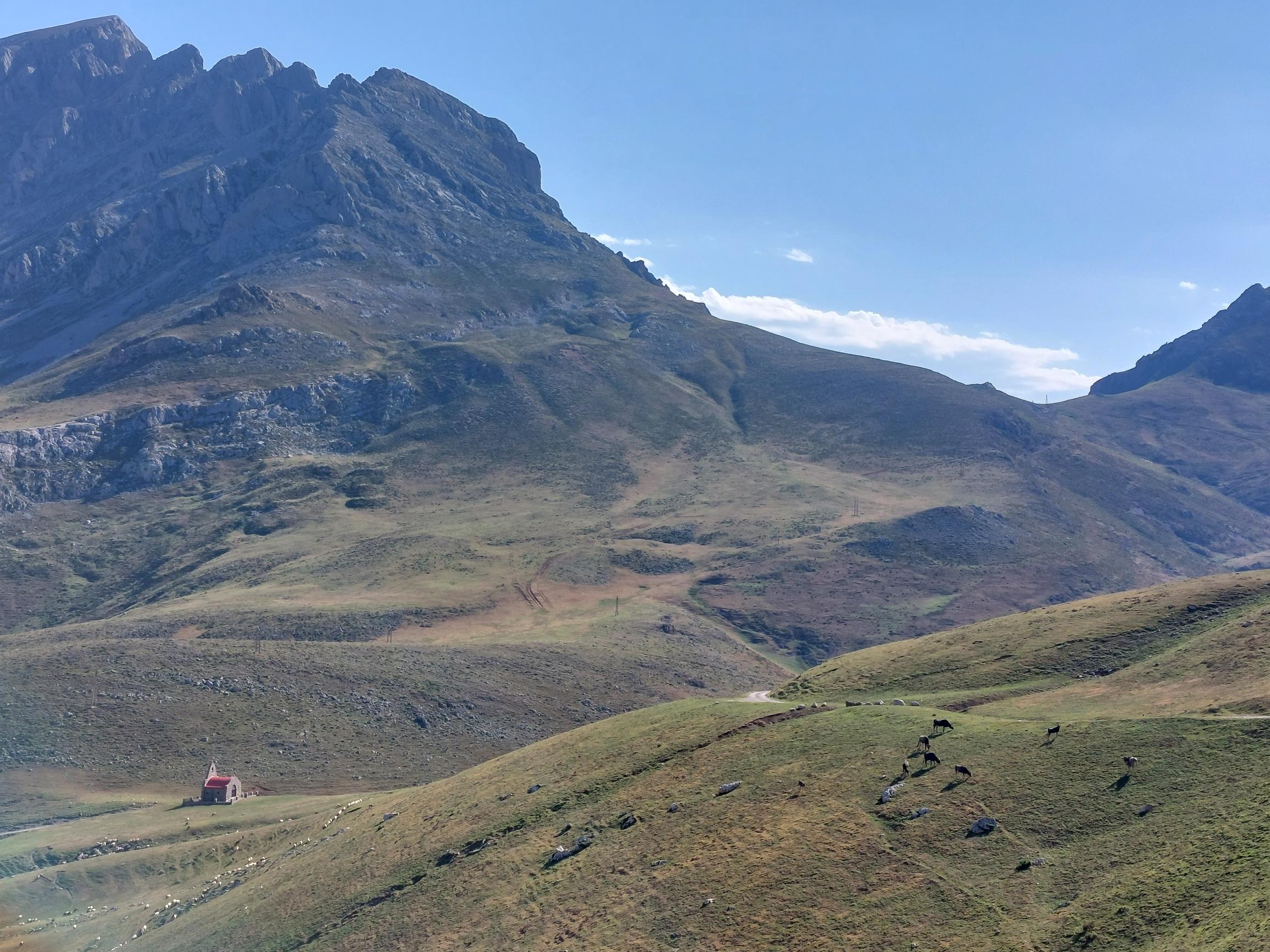
We have a lot of helpful practical information and tips about this walk, covering everything from the best books and maps, to timing and weather, geting there, possible problems, whether you need a guide and where to find them, and useful websites. This section is only open to members.
Membership is FREE AND JOINING TAKES 30 SECONDS. To login or sign up click here
Safety and problems: All walks have inherent risks and potential problems, and many of the walks featured on this website involve significant risks, dangers and problems. Problems of any sort can arise on any walk. This website does not purport to identify any (or all) actual or potential risks, dangers and problems that may relate to any particular walk.
Any person who is considering undertaking this walk should do careful research and make their own assessment of the risks, dangers and possible problems involved. They should also go to “Important information” for further important information.
Anyone planning an expedition to this place should see further important information about this walk.
Safety and problems: All walks have inherent risks and potential problems, and many of the walks featured on this website involve significant risks, dangers and problems. Problems of any sort can arise on any walk. This website does not purport to identify any (or all) actual or potential risks, dangers and problems that may relate to any particular walk.
Any person who is considering undertaking this walk should do careful research and make their own assessment of the risks, dangers and possible problems involved. They should also go to “Important information” for further important information.
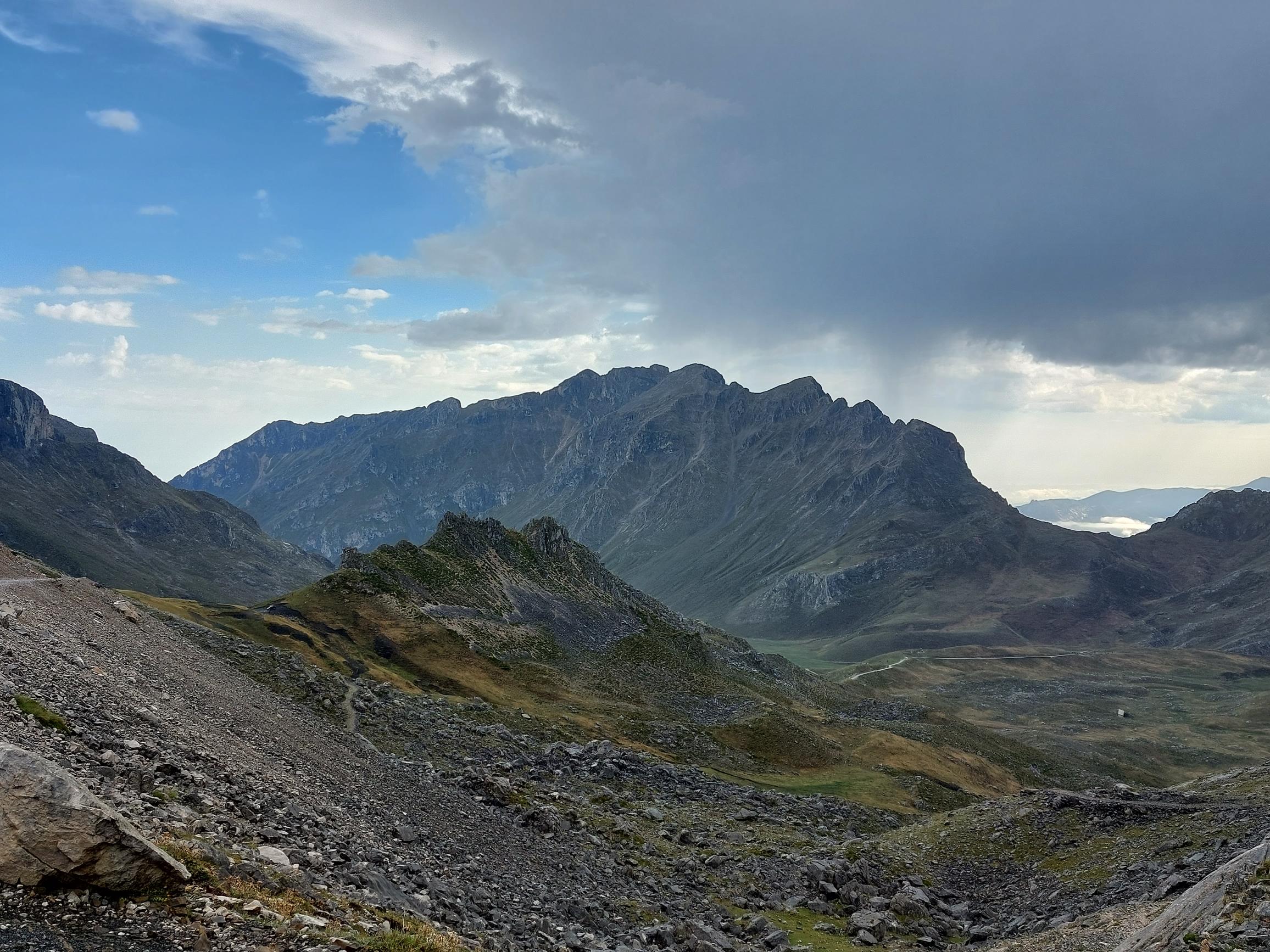
OTHER ACCOUNTS
share your experiences
Add your experiences, suggestions and photos. We would be delighted to receive your writing and ideas (which will be attributed appropriately where published).
Anyone planning an expedition to this place should see further important information about this walk.
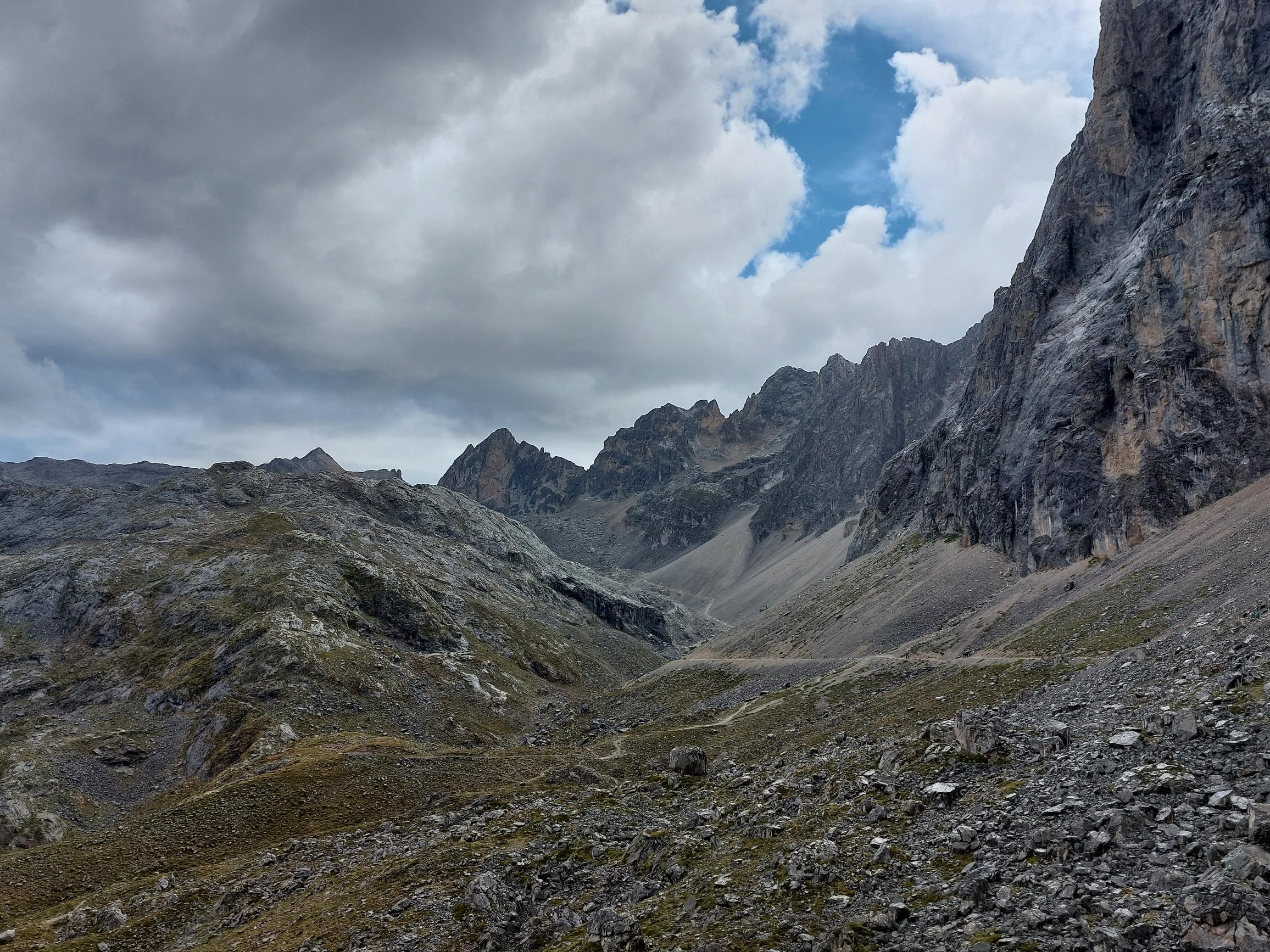
Responsible travel matters, a lot. How you travel will make a real difference - for better or worse. PLEASE consider this when making plans. Read more



